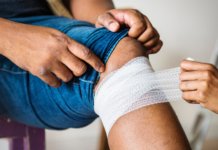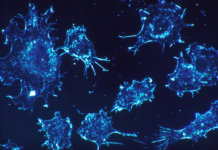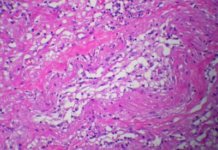Longevity: killing death? Transhumanists in search of gained time
Op-ed piece by Didier Coeurnelle
For decades, researchers, philosophers and citizens from all walks of life have wanted medical research to stop aging.
Transhumanists are among the most advanced in this reflection. Almost all members of this current in Europe, the United States, Russia and elsewhere are active supporters of intensive action in this field.
The priorities of transhumanists in terms of longevity have been and still are today varied. They range from the most traditional, the search for new drugs and healthy lifestyles to prolong life, to the most vertiginous, such as cryonia and the “downloading” of consciousness.
This article will focus solely on a “classic” perspective of longevity: what Edgar Morin called “amortality” as early as 1951, the possibility for women and men who so wish to no longer die from age-related diseases, i.e. diseases which, worldwide, are responsible for about 70% of deaths (90% in “rich” countries).
The transhumanist movement evolves with its time, and even a little ahead of its time. Yesterday, with regard to the use of products for longevity, the priority of many transhumanists was antioxidants and hormones, today many transhumanists are experimenting with metformin and are considering the use of senolytic drugs (products that destroy senescent cells) as soon as possible.
However, for the majority of people, it is clear that the therapies we have for now, even at the experimental stage, are not enough. It will require breakthrough progress, probably of gene therapies in the medium term , in the longer term of nanotechnologies and perhaps also in advances in areas that are as unthinkable to us as antibiotics would have been unthinkable before knowledge of bacteria.
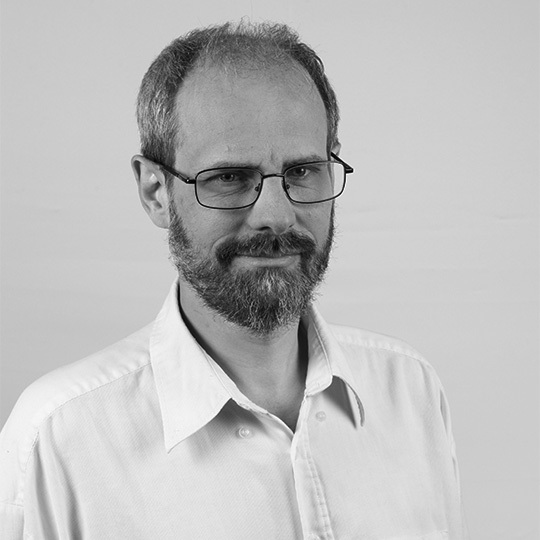
Didier Coeurnelle, lawyer by profession, is a transhumanist social activist. He is co-president of Heales (Healthy Life Extension Society), an association that campaigns for a longer healthy life, and vice-president of AFT Technoprog (the French Transhumanist Association – Technoprog). He is the author of the book “Et si on arrêtait de vieillir?” and regularly writes his newsletter “La mort de la mort”.
Many transhumanists are also specialists in artificial intelligence. Developments in computer logic capabilities are often absolutely fascinating, even scary. The priority use of artificial intelligence for medical scientific research is doubly positive:
- it allows potential health advances for all
- by giving priority to everything that makes humans more resistant, more resilient, it is a factor in reducing other risks.
An Apollo project for longevity?
From time to time, a concept or project becomes an (almost) common goal for humanity. The Universal Declaration of Human Rights, walking on the moon, effective measures to avoid the destruction of the ozone layer are three examples where the impossible and unimaginable of yesterday have been accomplished so far.

A global awareness of the scientific community, political representatives or the media could be at the origin of a research project on a planetary scale whose final stake would be the medical advance likely to save the most lives in the history of humanity.
Today, no public institution and few private organizations have the explicit objective of reducing the impact of aging or enabling better rejuvenation mechanisms.
Here are some things that could trigger a media campaign:
- The first mouse (or domestic animal) living much longer than its biological limits or even becoming “biologically immortal“. It could have a first name, a website, representatives in the research community…
- Leading figures (artistic, political, etc.) who would mobilize to help elderly people in distress, just like artists in the past have mobilized against world hunger.
- An effective press campaign about the leading cause of non-accidental death. In particular, sometimes very challenging press campaigns have enabled countless road safety measures to be taken in France and elsewhere since the 1970s (safety belts, speed limits, drink-driving bans, road improvements). As a result, road deaths have fallen by more than two thirds, even though the number of kilometres travelled by car has only increased.
Every euro, every dollar, every yuan that would be successfully invested for longevity would potentially benefit hundreds of millions of Europeans, Americans and Chinese. A legal framework could ensure that medical advances are considered a “common intangible heritage of humanity”. Researchers and private companies would of course be paid and would benefit from collective recognition, but would have no direct interest in the sale of therapies.
An efficient therapy discovered with common public means could snowball into:
- Huge social security savings because age-related health care costs would be drastically reduced
- A new prestige for the public institutions and researchers concerned
- Collateral scientific discoveries, mainly in the medical field.
Longevity and clinical trials: (very) old, healthy, and informed volunteers
The proof is in the pudding. We can only know whether a therapy is effective if it is tested on human beings, which of course represents certain risks.
Since every day about 110,000 people around the world die from age-related diseases, the urgency of taking certain risks should be all the more obvious as those who experiment would be volunteers.
And yet, the current legal and medical environment makes experimentation impossible in the most medically advanced countries. While to save lives in the event of an epidemic, health authorities can impose drastic measures such as international travel bans, to save lives from ageing, even volunteers are not allowed to risk their lives. In the field of medical experimentation, every death is perceived as a disaster.
Yet, to return to the great projects of the past, nearly a thousand men and women risked their lives (and some died) during the conquest of space. Yet, each year, dozens of people die taking risks – authorized – in the mountains sometimes arousing more admiration than disapproval.
Experimentation is even more complicated with older people. This is because the risk of complications and death is higher.
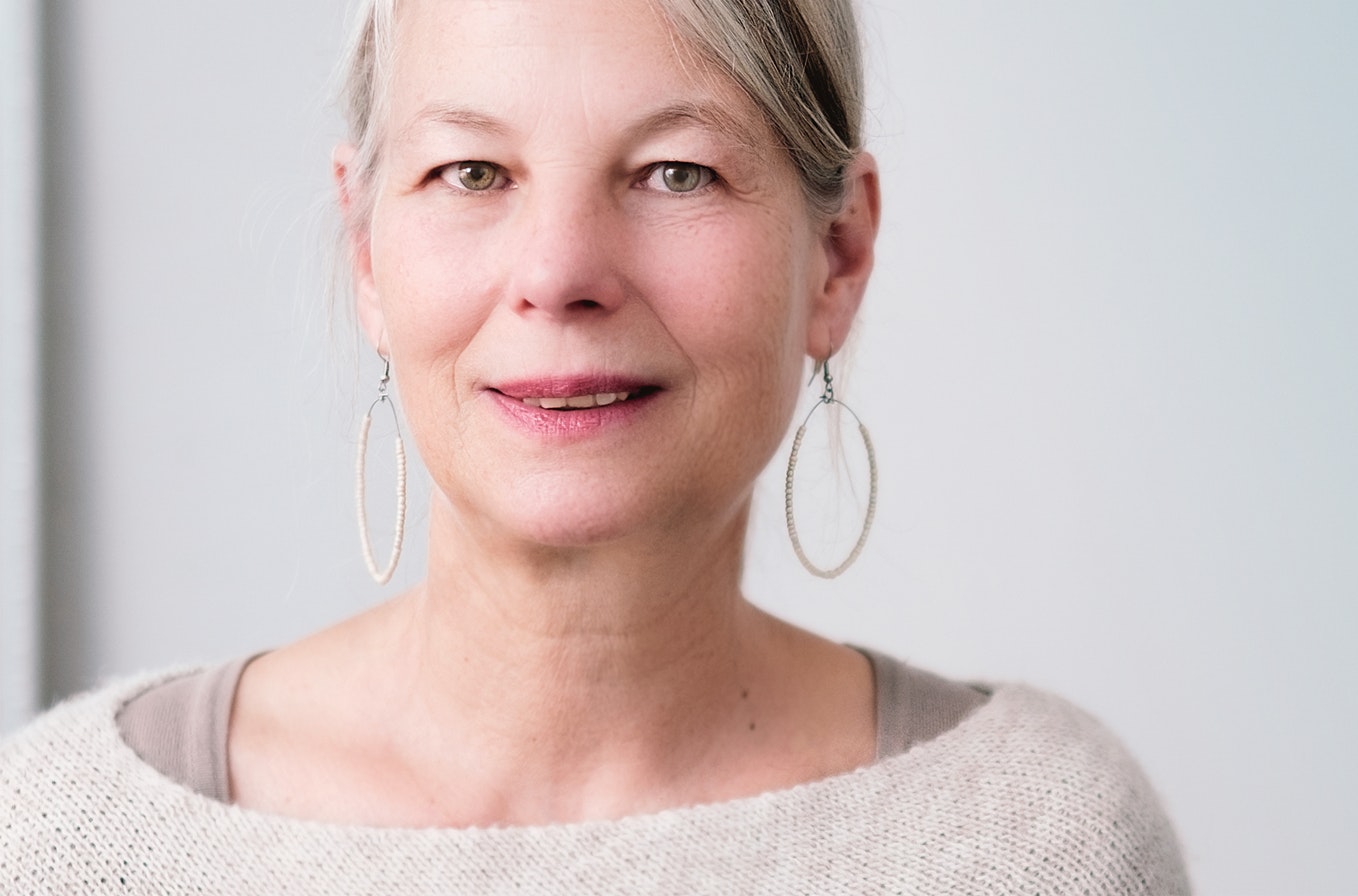
But in fact the risk of death is higher for the elderly, even in the absence of experimentation. We know that with today’s means, whatever therapies are implemented, the vast majority of women (and an even greater majority of men) die before the age of 100.
To try to break this “glass ceiling”, it would be possible to experiment with:
- People 85, 90 or 95 years old
- Healthy given their age
- Volunteers for health and community gain
- Well informed about risks
The experiment should be blinded with several groups of elderly people. Each group would benefit (of course) from medical supervision as well as regular care. Depending on the groups, additional therapies would be applied.
The older the participants would be:
– The more results could be obtained quickly as biological markers of aging change more and more rapidly with age
– The faster the benefits of experimentation (years of life gained) could offset the risks (years of life at risk of being lost)
An international or European legal and ethical framework to support the quest for longevity
Even if international law is not uniform and is contested by many national authorities, international legal instruments and cooperation mechanisms have allowed and allow progress with a growing consensus (international court of justice, human rights, humanitarian aid, etc.).
In the field of bioethics, it is rather the principles of caution with regard to technological progress that have been imposed so far, but this could change.
Moreover, even in the absence of overall positive developments, the European Union (in which France plays a significant role) has the means to make its mark. It has done so at the level of computer privacy provisions imposing its brand even on the world’s most powerful companies (by the famous General Data Protection Regulation). It could do so for the general protection of the health of its citizens and all citizens of the world.
Didier Coeurnelle, 2018.
Feel free to react via our contact form or on social networks (Twitter, Facebook, Linkedin, Reddit…) where you can share and comment on our content.
You too have something to say about transhumanism and anti-aging? Then contact us with a quick presentation and a map of the ideas you want to share, and we will get back to you as soon as possible






